Jennifer Ballow is the creative mind behind Under My Pillow, an enchanting children’s picture book. The tale effortlessly captures the hearts of both young readers and their guardians. With a master’s degree in social work from the University of Texas at Austin, Jennifer embellishes her story with empathy and advocacy. Her commitment transcends mere authorship; she works towards the welfare of children, individuals with disabilities, and older adults. As a devoted mother to twin girls, Jennifer’s personal voyage profoundly influences her craft, inspiring narratives that kindle connections, ignite imagination, and cultivate an enduring love for literature. Under My Pillow follows the delightful escapade of Samantha, a spirited five-year-old, as she navigates the thrills and surprises stemming from her first lost tooth. In this interview, we aim to learn more about Jennifer’s creative journey and the muses behind her storytelling!
What inspired you to write about or explore the concept of the Tooth Fairy?
I was taking a workshop called “How to Write a Bestseller.” After I pitched the ladies teaching the course on my children’s book idea, they encouraged me to pursue it. All I had at the time was a handful of letters my daughters had written to the tooth fairy as children. My biggest challenge was figuring out how to turn those letters into something resembling a plot.
The Tooth Fairy is a beloved figure in many cultures. What do you think makes this myth so enduring and relatable to children and families?
Like Santa Claus or the Easter Bunny, the tooth fairy is a myth that endures because of the magic and wonderment these figures spark in kids. There’s no magician pulling a rabbit out of a hat, but it’s the same idea—the tooth fairy pulls a tooth from under your pillow. How does she do that?! Thanks to technology, it seems today’s kids grow up faster than ever, so anything that preserves their innocence, that captures their imagination and makes them believe in possibilities beyond what they can see and touch, is something worth protecting.
How did you approach blending fantasy and reality to create a story around the Tooth Fairy?
 Under My Pillow is, at its heart, a coming-of-age tale grounded in the reality of growing up. Kids will lose the baby teeth they’re born with—it happens to all of us—but it doesn’t have to be a scary or traumatic experience. It can be a celebratory event, an exciting and literal indicator of leaving babyhood behind. Where the fantasy element comes in is through the tooth fairy, which in main character Sam’s world also has a pet bird.
Under My Pillow is, at its heart, a coming-of-age tale grounded in the reality of growing up. Kids will lose the baby teeth they’re born with—it happens to all of us—but it doesn’t have to be a scary or traumatic experience. It can be a celebratory event, an exciting and literal indicator of leaving babyhood behind. Where the fantasy element comes in is through the tooth fairy, which in main character Sam’s world also has a pet bird.
In the book, Sam actually gets to interact with the tooth fairy and her bird, even go on a quest with them, which kids don’t get to do in real life, of course, since the tooth fairy comes when they’re asleep. That Sam’s mom also believes in the tooth fairy and joins her daughter’s quest makes the fantasy more immediate and accessible, while at the same time underscoring the importance, in reality, of family.
The Tooth Fairy is often associated with children losing their baby teeth. How did you decide on the specific age range or stage of development for your audience?
Children can begin losing baby teeth as early as age four—the minimum recommended reading age for Under My Pillow. It may take them up to age twelve to lose them all, but my book targets younger kids up to age eight. That’s because around age eight is when kids start to question the tooth fairy and may begin to outgrow her magic… a “loss of innocence” that seems often to coincide with learning about the birds and the bees. From four to eight is when kids are old enough to cognitively grasp the story but young enough to stay swept up in it and believe. Any younger, and an infant or toddler would be better served by a board book, something more tactile with very few words. Elementary school students older than eight would benefit more from short chapter books.
Can you share any personal experiences or anecdotes that influenced your perspective on the Tooth Fairy?
When I was growing up, the tooth fairy was an “institution” as American as Halloween or the Fourth of July. Putting our lost teeth under our pillows was just something my sister and I did without question. Later, when I had kids, I encouraged my daughters to write letters to the tooth fairy, thinking it would A, improve their writing skills, and B, foster a deeper relationship to the magic. I collected their letters, plus the letters the tooth fairy wrote back to them, in scrapbooks we treasure now that my girls are teenagers.
In many stories, the Tooth Fairy leaves a small gift or money in exchange for a lost tooth. How did you decide on the magical exchange in your story?
Money is the tooth fairy’s traditional gift, and I respect that tradition. I think it teaches kids to count money and about the value of money. It’s also pretty easy for their parents. But by no means does the tooth fairy *have* to leave money, and certainly not a specific amount—which is why, in Under My Pillow, I left the tooth fairy’s gift deliberately vague. It’s described as a “small present,” emphasis on “small” to keep expectations low. Not only does this description give parents more freedom, but it offers kids a thought experiment as well. What else could be in the tooth fairy’s package? What would they like for the gift to be? How do different types of gifts change the story?
The Tooth Fairy is part of a broader tapestry of childhood myths and legends. How do you think these stories contribute to a child’s imagination and development?
In terms of imagination, myths and legends are the one space in which truly anything is possible. Whatever kids can imagine becomes real to them, and the “scaffolding” of the tooth fairy story gives them a basic framework on which to build and continue dreaming. Long-term, this creativity will teach them to think outside the box. As far as development, the tooth fairy could be a motivator for self-care and good hygiene practices, since the tooth fairy wants healthy teeth and only comes to kids who brush and floss regularly!
Your story might touch on themes of growing up and change. How does the Tooth Fairy concept symbolize these themes in your work?
Losing your first tooth is a huge change! Suddenly, there’s a gap where before there was a tooth. What will grow in that gap? What will happen to the baby tooth? On a macro scale, this moment represents a small change in a person’s life, but to the child who doesn’t know what the outcome will be, it’s everything. They have to trust the adults who tell them it will be okay, and they have to learn to trust, and ultimately manage, their own bodies. Our bodies keep changing throughout our lives. Some of those changes, like losing a tooth, can be physically painful. There’s also the mental pain of knowing that you’ve “lost” something: My physical body is different. Am I okay with that? How do I handle it? The earlier and the more often that we confront change, the better we get at navigating it.
Traditionally, the Tooth Fairy is a secretive and mysterious character. How did you approach developing the personality and traits of the Tooth Fairy in your story?
Right away, I knew my tooth fairy would be accessible—more like a friend or second mother figure to main character Sam than a secretive or mysterious character. She’s warm, helpful, and conscientious, genuinely concerned about finding Sam’s missing baby tooth. The one-on-one attention she pays to Sam hopefully makes young readers feel as special as they are, like they are worth the extra lengths the tooth fairy goes to on kids’ behalf.
Illustrations can play a key role in conveying the magic and wonder of the Tooth Fairy. How did you collaborate with illustrators to capture this in your book?
I started writing Under My Pillow in February 2022. By September of that year, I was ready to bring an illustrator onboard and hired the very talented Aroba Sheikh. Aroba asked for the manuscript, a brief  physical description of the characters as I saw them in my head, and some inspiration images. I told her I imagined a blended family at the center of the story, which is why main character Sam doesn’t look exactly like her mom, and that diversity was key.
physical description of the characters as I saw them in my head, and some inspiration images. I told her I imagined a blended family at the center of the story, which is why main character Sam doesn’t look exactly like her mom, and that diversity was key.
I also sent an image of a real-life secretary bird to inspire Gordy’s look. Aroba and I went back and forth on a few iterations. At first, Aroba sent a drawing of the mom and she was buff and super-thin. I wanted the mom figure to be soft, sweet and curvy like many mothers so I asked her to redraw it and she nailed it the second time around.
Six months later, we had a working draft, which Aroba helped me size for the publisher’s printing specs. She also helped me to create supplemental learning materials, like a tooth-fairy-themed maze and a crossword for kids. While working with Aroba was wonderful, I learned that even a children’s book, which looks simple, fun, and easy to make, takes a ton of work, so I’m glad I had her on my team.
As a storyteller, how do you balance the fine line between fostering a child’s imagination and addressing potential questions or doubts about fantastical concepts like the Tooth Fairy?
Every child is different, but in one important way they’re all the same. At some point, whether you as the parent are ready or not, they’re going to ask you if the tooth fairy (or Santa Claus or the Easter Bunny) is real. And you’re going to have to decide how to answer. For a long time, I deflected my twin girls’ questions by insisting the tooth fairy was real. I then graduated to, “Well, she’s real, but I’m her helper.” Once my daughters became old enough to know that the tooth fairy isn’t real, they still didn’t ask because they enjoyed the magic (and perhaps the money too).
Some kids will react like my daughters, some may become hurt or angry. I know one kid who yelled, “This is stupid, I don’t want to do it anymore!” which was probably more heartbreaking for their parent than the child. But I think you have to go with whatever makes the child happy or comfortable. So if the tooth fairy does not fit with your family, you can do another tradition that speaks better to everyone. In Under My Pillow, I had Sam’s mom believe in the tooth fairy and made both of them able to see and interact with the tooth fairy to help keep the magic alive a little longer for young readers.
The Tooth Fairy is often a way for children to engage with the concept of loss in a positive and comforting manner. How does your story approach this aspect of the experience?
The tooth fairy keeps the fact of losing teeth light in two ways. First, she takes the lost tooth away in the middle of the night, so kids don’t have to experience the loss directly. Second, she exchanges the tooth for a present—so in the end, something is lost but something even better is gained. These two aspects help make the boo-boo better, so to speak.
Encouraging your children to write a letter to the tooth fairy expressing their feelings can also help them to process the loss and feel “heard,” especially if the tooth fairy responds! In Under My Pillow, that’s just what Sam does, at the suggestion of her loving mom. Sam’s mom reassures her daughter that losing a tooth is natural and a sign of becoming a “big girl.” She uses simple language and smiles throughout, normalizing the process at the same time that she’s initiating Sam into a fun new tooth fairy tradition.
Do you think the concept of the Tooth Fairy has evolved or changed over time? How does your interpretation contribute to the ongoing legacy of this figure?
Art has always shaped the public imagination, and historically, artistic portrayals of the tooth fairy have looked something like Barbie: petite, white, and blonde. I wanted to question that paradigm and reflect more of the diversity I see in the world around me (and hopefully in that of my readership). For that reason, I re-imagined the tooth fairy as Asian and black-haired, and main character Sam as a girl of color. I thought about making the tooth fairy older, too, since in this country we prioritize youth, but ultimately decided against it because I saw her as more of a mother figure than a grandmother figure.
For an excellent and heartwarming portrayal of grandmother-age fairies, see Disney’s Sleeping Beauty, and see The Little Mermaid (2023) for an alternate-to-the-Anglo-ideal Ariel. Although Disney has done a lot to perpetuate certain stereotypes, those characters at least are some they got right! Also, fellow writers, idea alert: I can’t wait to read a tooth fairy story in which the tooth fairy is male!
Could you share any challenges you faced in crafting a unique and fresh take on the Tooth Fairy, considering its familiarity in popular culture?
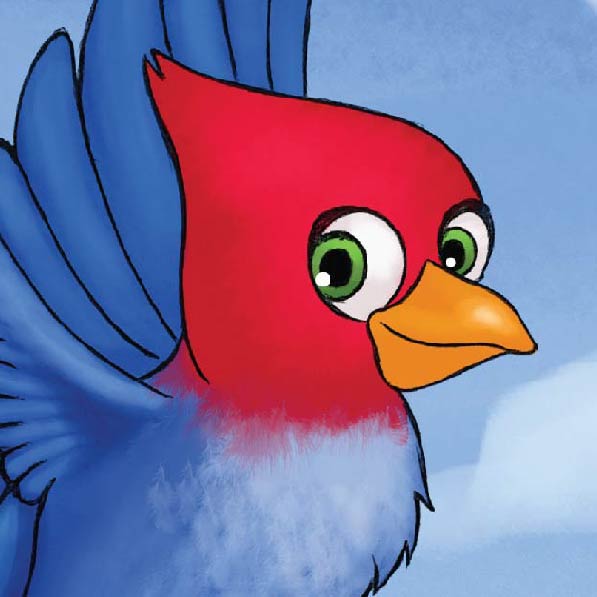 Beyond wanting to change up the tooth fairy’s appearance, I was stumped when it came to adding something new to her well-known storyline. I started by doing a free write, a stream-of-consciousness style brain dump where, over twenty pages or so, I jotted down all of my random ideas and whatever else came to mind. I had the central conflict—Sam’s first lost baby tooth would go missing—but what happened after that or who swooped in to help wasn’t clear to me at first.
Beyond wanting to change up the tooth fairy’s appearance, I was stumped when it came to adding something new to her well-known storyline. I started by doing a free write, a stream-of-consciousness style brain dump where, over twenty pages or so, I jotted down all of my random ideas and whatever else came to mind. I had the central conflict—Sam’s first lost baby tooth would go missing—but what happened after that or who swooped in to help wasn’t clear to me at first.
It was actually a writing coach I hired who supplied the missing link: Gordy, the tooth fairy’s pet bird! No other tooth-fairy-themed book that I know of includes a bird with blue feathers, a red head, an orange beak, and green eyes. Gordy ended up being the third point of the “Sam/tooth-fairy triangle” that brought the rest of the story to life.
Finally, what message or feeling do you hope readers take away from your story involving the Tooth Fairy?
Under My Pillow is a happy-feeling book! There are some tense moments and times where main character Sam must practice trust, problem-solving, and forgiveness, but everything turns out well in the end. I hope my story helps to allay kids’ fears and anxieties about losing their baby teeth, as well as helps them understand empathy, teamwork and friendship. All of these lessons give kids something to look forward to and gives them important tools to deal with life’s inevitable problems or issues.
Find the author
Purchase Under My Pillow on Amazon
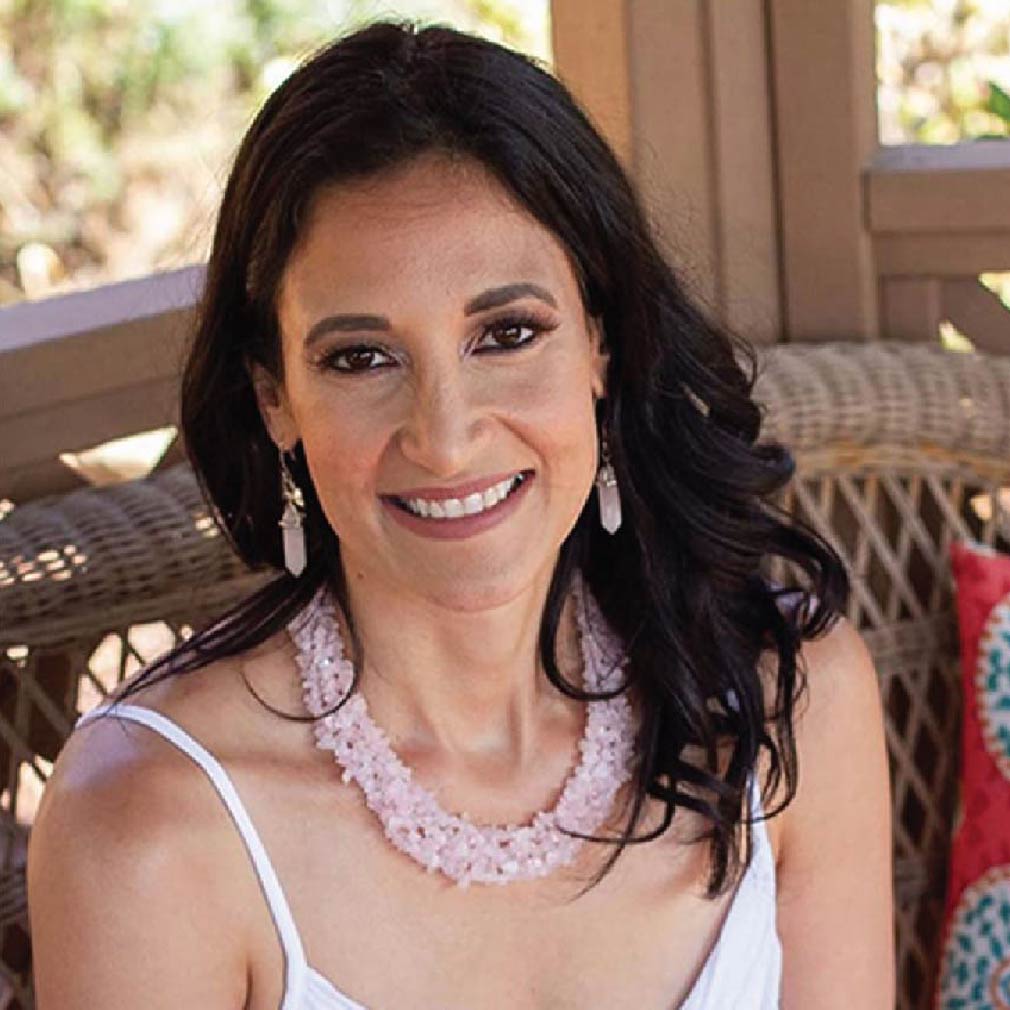 About the Author Jennifer Ballow
About the Author Jennifer Ballow
I’m a new children’s book author and I love to help people in all stages and from all walks of life live the best lives that they can. In publishing stories, I hope to inspire you and your family to connect through reading, imagination-building, and creative writing. I adore books and enjoy collecting children’s literature, biographies, and short stories. I’m also a social worker & graduated from the University of Texas in Austin. I care about the community and want all people to have the same great opportunities that I have had.
A devoted mom to twin girls who are now almost all grown up, I cherish every minute I can with them! When I am not hanging out with my family and friends, I spend time reading, volunteering, and filling up my art journal with crazy ideas, magazine clippings, and paint squiggles.
I can’t wait to meet you and get to know your dreams and your stories!


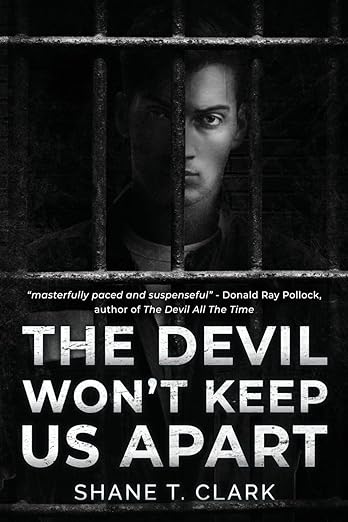


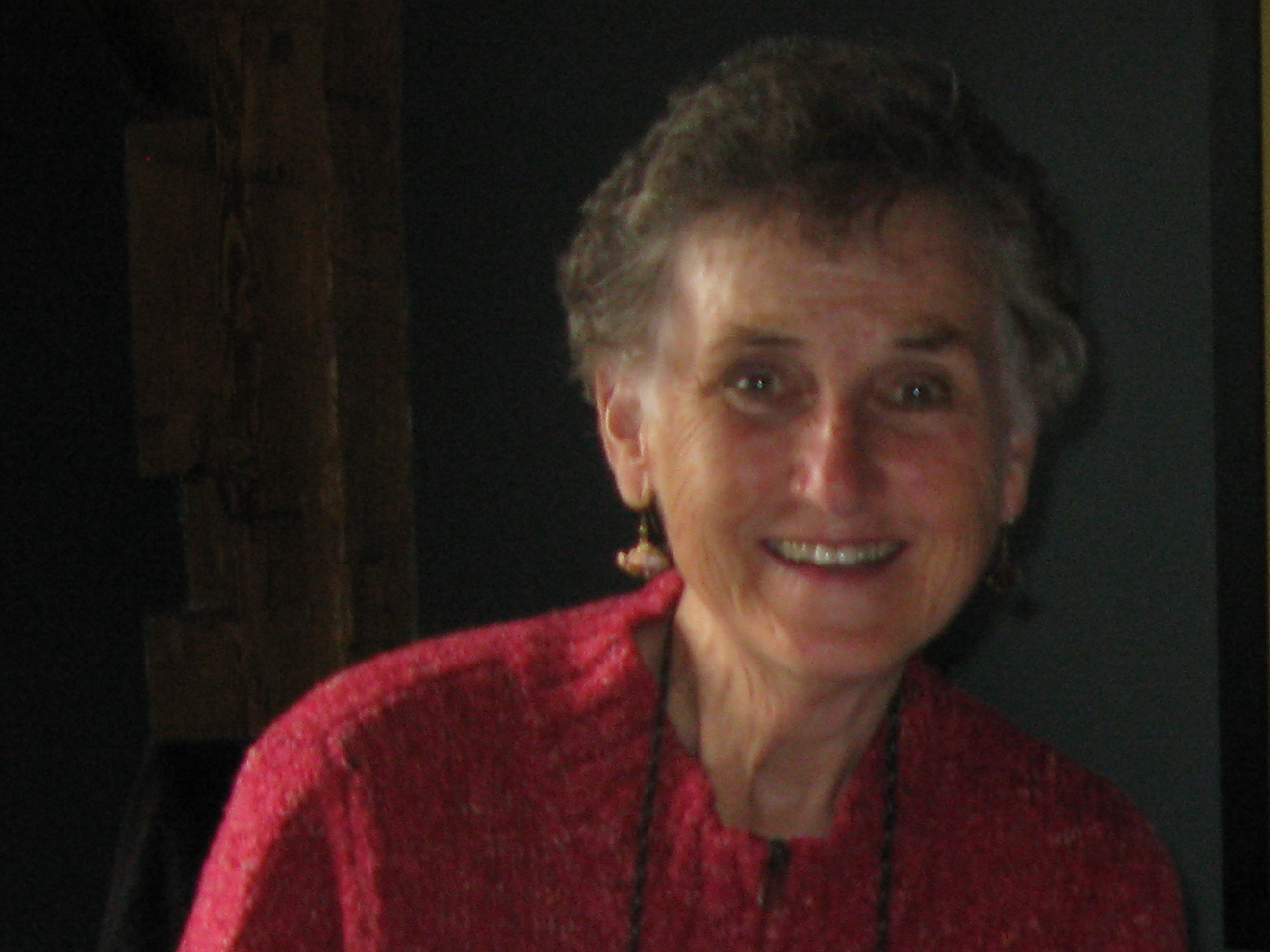

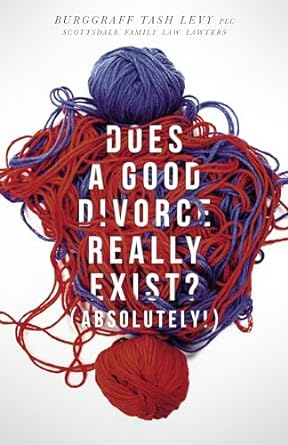
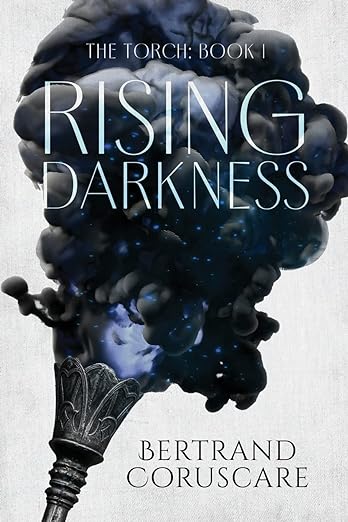
One Response